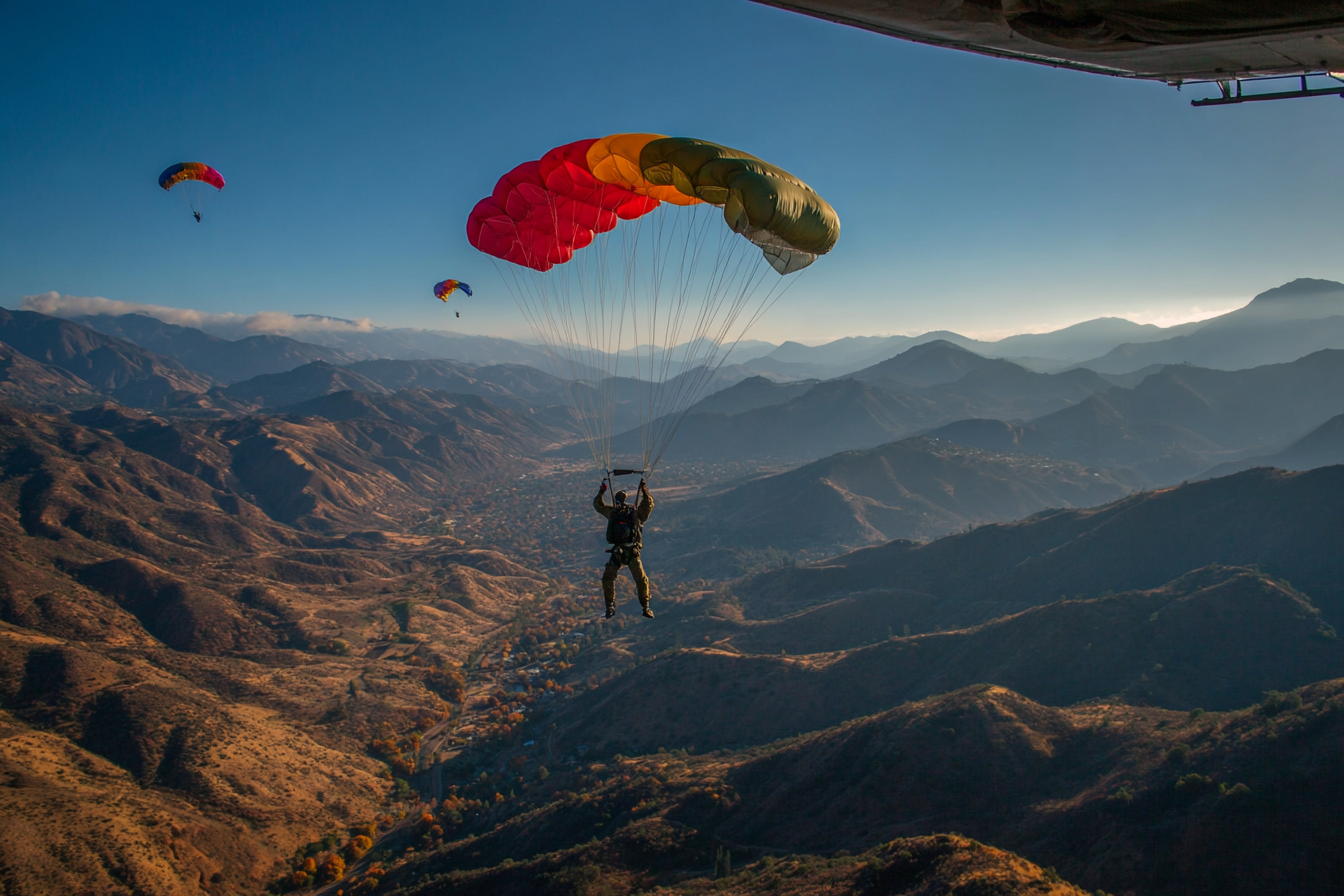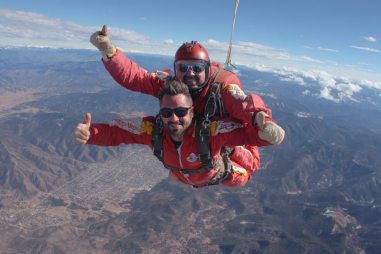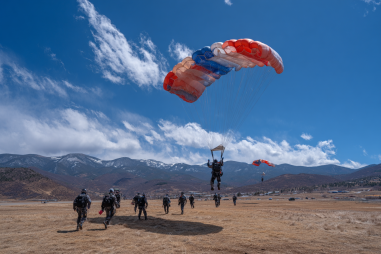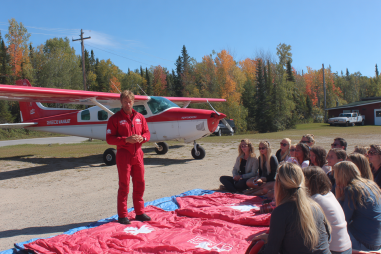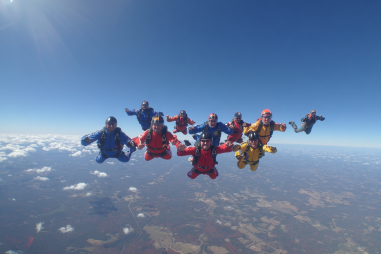Skydiving is often seen as the ultimate adrenaline rush, but not all jumps deliver the same experience. Whether you’re stepping from a plane for the very first time or you’re an experienced jumper looking to push your limits, understanding the different types of skydiving jumps can help you choose the right adventure. This guide will walk you through the main types of skydiving jumps, explaining what makes each one unique and what you can expect at every stage of your skydiving journey.
What Defines a Skydiving Jump?
A skydiving jump generally refers to leaving an aircraft at altitude and freefalling before deploying a parachute to safely land on the ground. However, within this broad category, there are several distinct styles and methods that vary in complexity, training requirements, and experience level. Factors such as whether the jump involves an instructor, the deployment method of the parachute, the speed and duration of freefall, and even the timing (day or night) all contribute to the type of skydiving jump you’ll undertake.
Tandem Jumps: The Beginner’s Gateway
If you’re new to skydiving and want to experience the thrill without extensive training, a tandem jump is the perfect starting point. In a tandem jump, you are securely harnessed to a certified instructor who controls the entire descent—from the exit, through the freefall, to the parachute deployment and landing. This method requires minimal training, usually just a quick briefing before boarding the plane.
Tandem jumps offer the excitement of freefall while providing safety and comfort through professional guidance. It’s ideal for first-timers looking to savor the sensation of flying without worry. Because the instructor manages all technical aspects, tandem jumps are also the most accessible and popular way to experience skydiving.
Static Line Jumps: Learning the Basics
Once you’ve had a taste of skydiving and want to take it a step further, static line jumps provide a fantastic entry into more independent skydiving. In this method, your parachute is automatically deployed by a static line attached to the aircraft, which pulls the canopy open as you exit the plane.
This technique removes the need for the jumper to manually open the parachute during freefall, making it perfect for beginners who still lack the confidence or skill to deploy on their own. Static line jumps introduce the experience of altitude and jump procedures while focusing on controlled landings and aircraft exit techniques. It’s a great way to build foundational skills safely before progressing to more complex jumps.
Accelerated Freefall (AFF): Fast-Track Skydiving Training
Accelerated Freefall, or AFF, is a structured training program designed to get novices skydiving solo as quickly as possible. Unlike the static line method, AFF involves jumping with two instructors who accompany the student throughout the freefall, providing hands-on assistance but leaving the parachute deployment to the student.
Significant instructor supervision, typically until the student demonstrates sufficient skill, makes AFF effective in building confidence and independence. The key allure of AFF is the extended freefall time compared to static line jumps, offering a more intense and authentic skydiving experience. It’s perfect for thrill-seekers committed to becoming licensed jumpers and eager to fast-track their skills.
Solo Jumps: Testing Your Skills
For licensed skydivers, solo jumps are where the real freedom begins. After completing training and qualifications such as the AFF course, skydivers can jump independently without an instructor onboard. Solo jumps enable the jumper to control every aspect from exit timing and freefall maneuvers to parachute deployment and landing.
These jumps can vary widely in style—from casual, scenic descents to highly technical freefall tricks and maneuvers. The sense of accomplishment and self-reliance in solo skydiving is immense, but it requires thorough training and respect for safety procedures.
Formation Jumps: Team Skydiving Experiences
Once comfortable solo, thrill-seekers can dive into formation jumping, which involves coordinated jumps with a group of skydivers. The goal is to assemble specific patterns or shapes during freefall by gripping or positioning relative to one another, often called “relative work” or “formation skydiving.”
This jump type challenges skills such as body control, timing, and communication, while fostering a strong sense of camaraderie among jumpers. Formation jumps often involve four or more participants and require practice jumps and ground training to perfect maneuvers and safety protocols. They add a whole new element of fun, teamwork, and precision to the skydiving experience.
Night Jumps and Specialty Jumps
For those looking to ramp up the intensity, night jumps offer a unique challenge. Jumping in darkness demands extra equipment, including lights and specialized procedures, increasing the level of skill and safety awareness required. The surreal experience of freefalling under a star-lit sky or urban nightscape is an unforgettable adventure but generally reserved for experienced jumpers.
Other specialty jumps include wingsuit flying, where jumpers wear a specially designed suit that adds surface area to the body, allowing forward gliding flight instead of pure freefall; high altitude jumps from extreme altitudes; and canopy formation jumps where parachutists arrange themselves in formations under open canopies. Each specialty jump opens new avenues for adventure and requires tailored training and experience levels.
Safety Protocols for Various Jump Types
Skydiving safety is paramount, and every jump type has specific protocols. Tandem jumps rely heavily on the instructor’s expertise, with passengers undergoing health screening and a safety briefing. Static line jumpers learn emergency procedure drills geared toward rapid parachute deployment.
AFF students receive rigorous ground and in-air training, including simulations for parachute malfunctions and emergency landings. Solo and formation jumpers must maintain gear inspections, height awareness, and communication during jumps. Specialty jumps require additional certifications and technical gear checks.
Regardless of the jump type, all skydivers are trained to execute automatic activation device (AAD) systems that deploy reserve parachutes if necessary. Consistent adherence to training, weather checks, and equipment maintenance are critical to mitigating risks.
Choosing the Right Jump for Your Skydiving Goals
Your choice of skydiving jump depends largely on your experience level, adventurous spirit, and long-term aspirations. If you’re curious but cautious, tandem jumps provide a worry-free introduction. Once ready to develop skills, static line and AFF training highlight your learning journey with increasing independence.
For learners progressing to licensed skydivers, solo and formation jumps bring freedom and social engagement, while specialty and night jumps offer thrilling challenges to push your boundaries further. Remember, the journey of skydiving is about building confidence, honing skills, and enjoying the exhilarating beauty of flight—one jump at a time.
Whatever type of jump you start with, the sky is truly the limit for the adventure that awaits.

